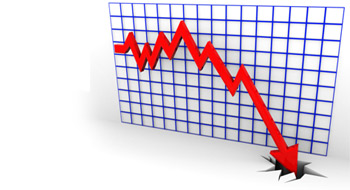

Last year, S&P 500 companies posted record shortfalls in their pensions and other post-employment benefits (OPEB), threatening to leave America’s future retirees empty-handed.
Despite double-digit gains in the markets in fiscal year 2012, the underfunding of S&P 500 pensions climbed to $451.7 billion—up from $354.7 billion in 2011 and $245 billion in 2010, according to a report by S&P Dow Jones Indexes.
OPEB shortfalls also ballooned to $234.9 billion in 2012, compared with $223.4 billion in 2011 and $210.1 billion in 2010.
As a result of the growing gap, the funding status of company pensions fell to 77%. The OPEB funding status was significantly lower—22%.
“The double-digit equity gains of 2012 were no match for the artificially low interest rates, which vaulted pension liabilities into record underfunding territory,” says Howard Silverblatt, author of the report and senior index analyst with S&P Dow Jones Indexes.
While this trend, for the most part, spares current retirees in the United States, it jeopardizes the retirement prospects of those who are still working.
“The American dream of a golden retirement for baby boomers has dissipated for most,” Silverblatt explains. “For baby boomers, it may already be too late to safely build up assets, outside of working longer or living more frugally in retirement.”
He says younger workers need to start saving early, so they can have time to compound their returns. “Corporations have shifted the responsibility to them, and if they don’t step up now, they won’t have anything for retirement,” he warns.
The S&P Dow Jones Indexes report also shows that estimated pension return rates have been falling for 12 consecutive years. They tanked to an estimated 7.31% in 2012, 7.60% in 2011 and 7.73% in 2010.
Discount rates have been on the decline, too. They fell to 3.93% in 2012—up from 4.71% in 2011 and 5.31% in 2010, significantly increasing projected obligations.
Related articles:
